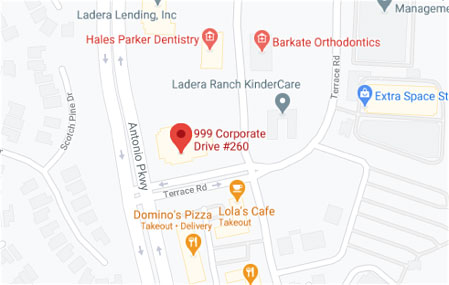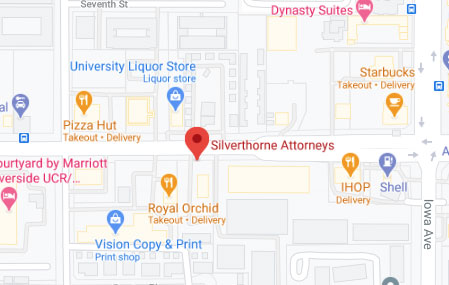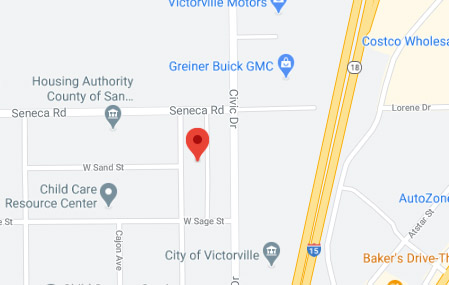Not all burns affect the skin uniformly, so a single injury can reach varying depths. Being able to distinguish a minor burn from a more serious burn involves determining the extent of tissue damage.
Below are the three classifications of burns:
- First-degree burn – This minor burn affects on the outer layer of the skin (epidermis). It may cause redness, swelling, and pain. It usually heals with first-aid measures within several days to a week. A sunburn is a classic example.
- Second-degree burn – This type of burn affects both the epidermis and the second layer of the skin (dermis). It may cause red, white or splotchy skin, pain and swelling. And the wound often looks wet or swollen. Blisters may develop and pain can be severe. Deep second-degree burns can cause scarring.
- Third-degree burn – This burn reaches into the fat layer beneath the skin. Burned areas may be charred black or white. The skin may look waxy or leathery. Third-degree burns can destroy nerves, causing numbness. A person with this type of burn may also have difficulty breathing or experience smoke inhalation or carbon monoxide poisoning.
Treatment
Treatment of burns will depend on the type of burn as well as the extent of injuries. Most minor burns can be treated at home using over-the-counter products of aloe.
For serious burns, after you have administered first aid care and wound treatment, your treatment may involve medications, wound dressings, therapy, and surgery. The goal of treatment is to control pain, remove dead tissue, prevent infections, reduce scarring, regain function, and address emotional needs.
You may need months of additional treatments and therapy depending on the severity of the burn. This may be done during a hospital stay, on an outpatient basis, or at home. Factors affecting the choice include what you want to do for treatment, other conditions and abilities, such as whether or not your able to change bandages.
Medications & Wound Healing Products
For major burns, various medications and products are used to encourage healing. You, of course, can decide what your best course of treatment should be.
- Water-based treatments – Your case team may use techniques such as ultrasound mist therapy to clean and stimulate the wound tissue.
- Fluids to prevent dehydration – You may need IV fluids to prevent from dehydration and organ failure.
- Pain and anxiety medications – Healing burns can be incredibly painful. You may need morphine and anti-anxiety medications – particularly for when you are dressing your wounds.
- Burn creams and ointments – Your care team an select from a variety of topical products for wound healing. These help to keep the wound moist, reduce pain, prevent infection, and speed the healing process.
- Dressings – Your care team may also use various specialty wound dressings. These create a moist environment that fights infections and helps the burn heal.
- Drugs that fight infection – If you develop an infection, you may need IV antibiotics.
- Tetanus shot – Your doctor might recommend a tetanus shot after your burn injury.
Physical & Occupational Therapy
If the burn area is large and covers any joints, you may need physical therapy to help heal any of the underlying joint problems. These can help stretch the skin so that the joints remain flexible. Other types of exercises can improve muscle strength and coordination. And occupational therapy may help if you have difficulty doing your normal daily activities. There are many different phases of burn healing. How a burn will heal will greatly depend upon the type of burn as well as how resilient your skin and immune system are.
Surgical & Other Procedures
Depending upon the severity of the burns, you may need one or more of the following procedures:
- Breathing assistance – If you’ve been burned on the face or neck, your throat may swell shut. If it appears that this is a factor, your doctor may insert a blue tube down your windpipe (trachea) to keep oxygen supplied to your lungs.
- Tube feeding – Your metabolism goes into overdrive when your body starts trying to heal your burns. To provide adequate nutrition for this task, your doctor may thread a feeding tube through your nose to your stomach.
- Easing blood flow around the wound – If a burn scab goes completely around the limb, it can tighten and cut off circulation. A scab that goes completely around the chest can make it difficult to breathe. Your doctor may cut the scab in several places in order to relieve this pressure. This procedure is called decompression.
- Skin grafts – A skin graft is a surgical procedure in which sections of your own healthy skin are used to replace the scar tissue caused by deep burns. Donor skin from cadavers or pigs can be used as a temporary solution.
- Plastic surgery – Reconstructive plastic surgery can improve the appearance of burn scars and increase the flexibility of joints affected by scarring.
If you or a loved one have suffered from serious burns due to the negligence of another, please do not hesitate to contact our office at (949) 234-6034 to speak to a burn injury lawyer. Consultations are free.












